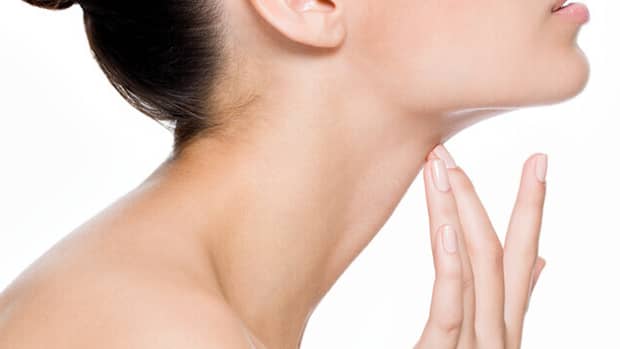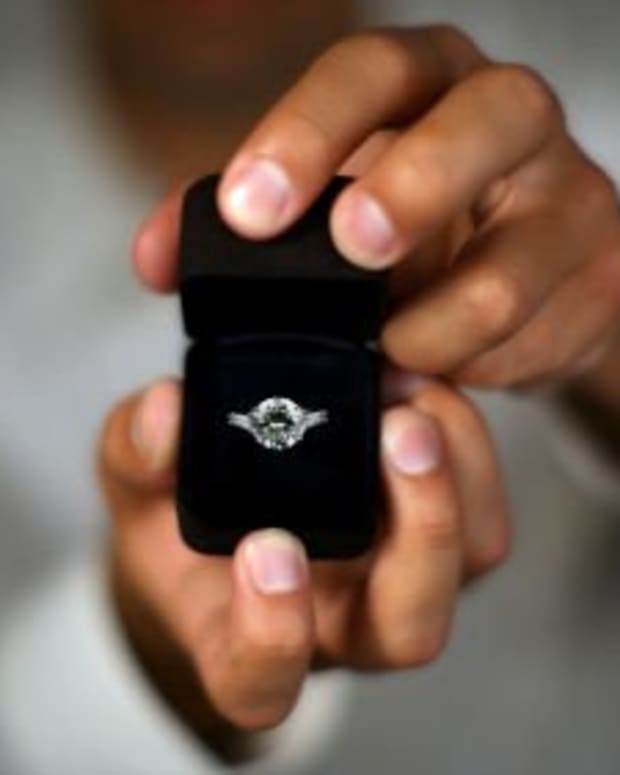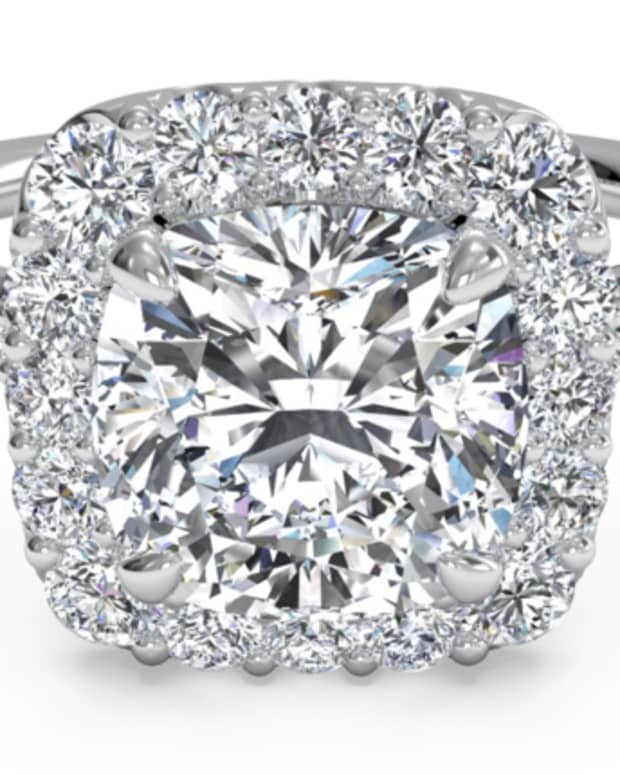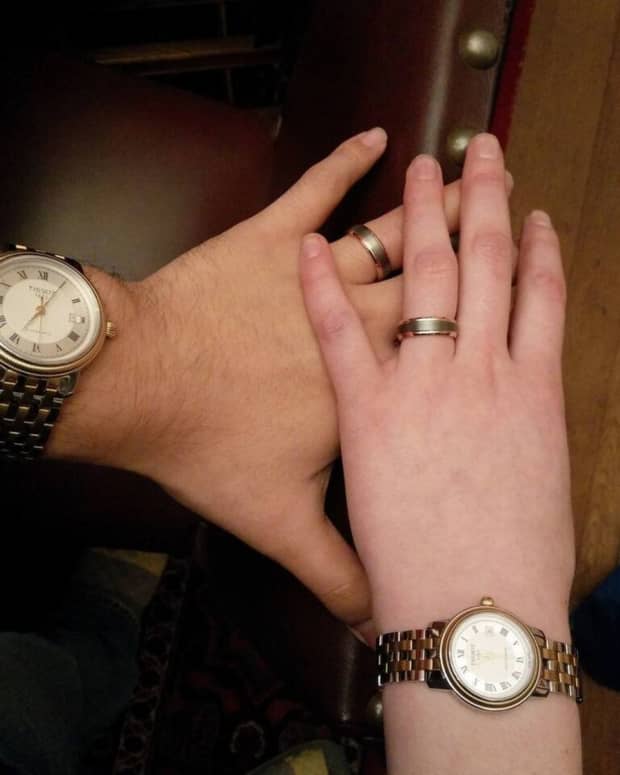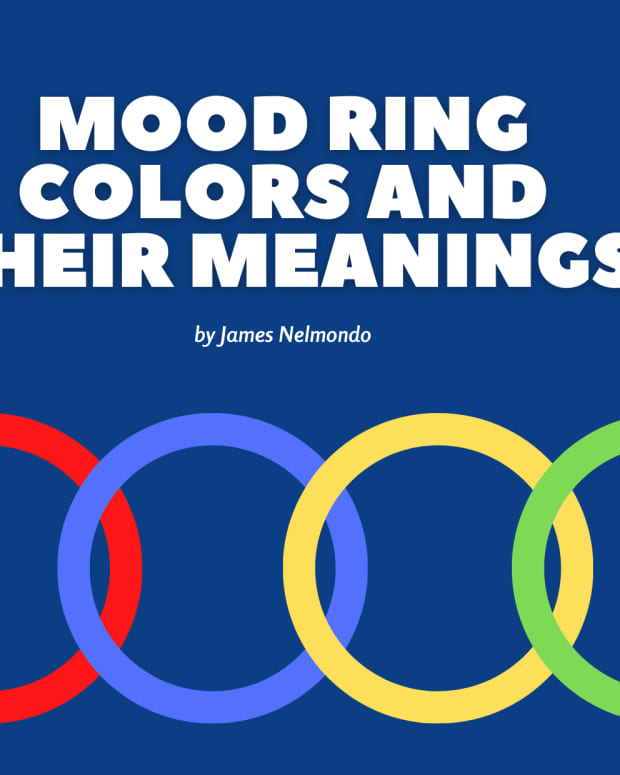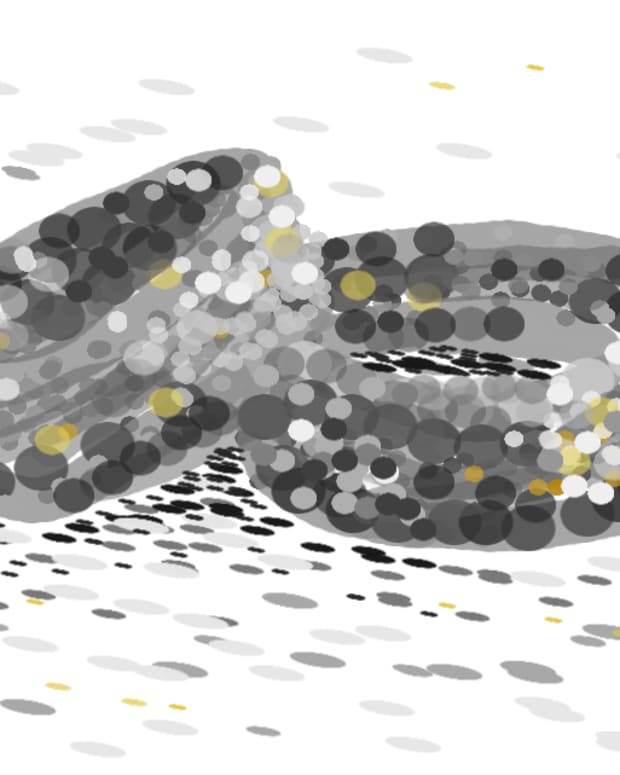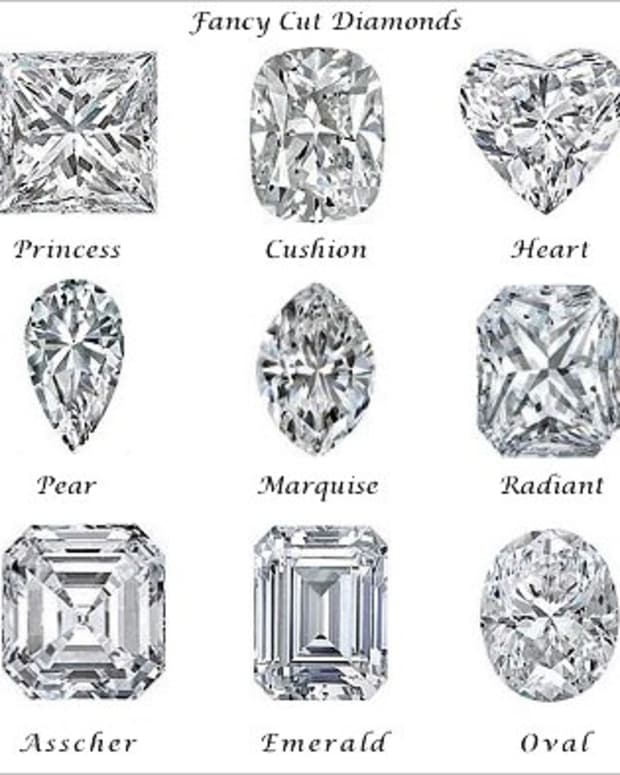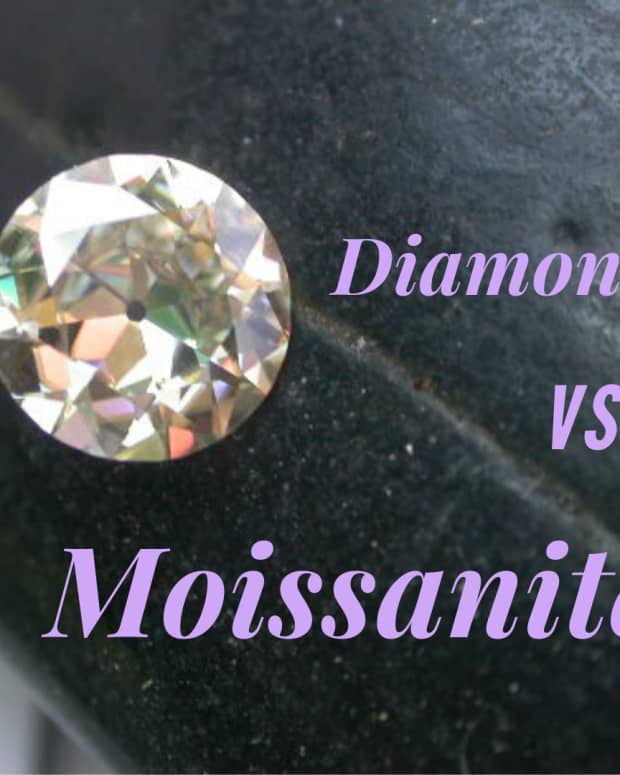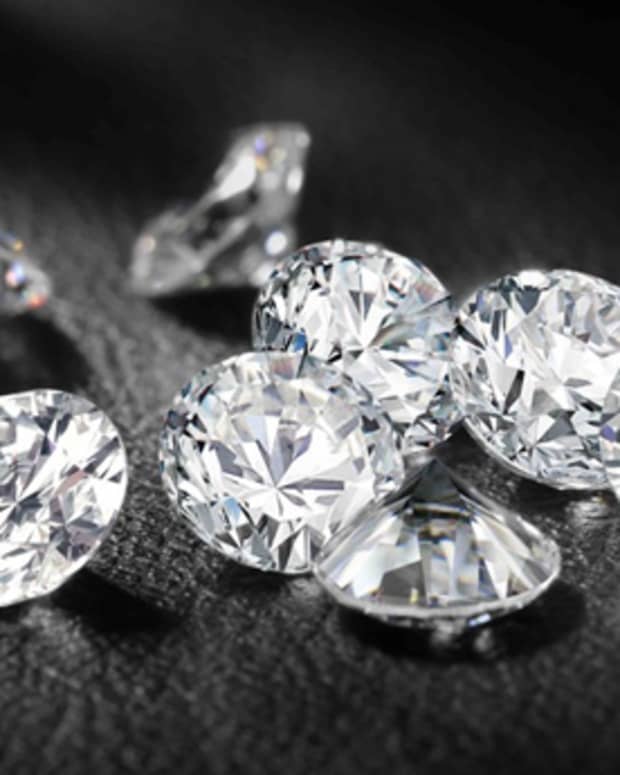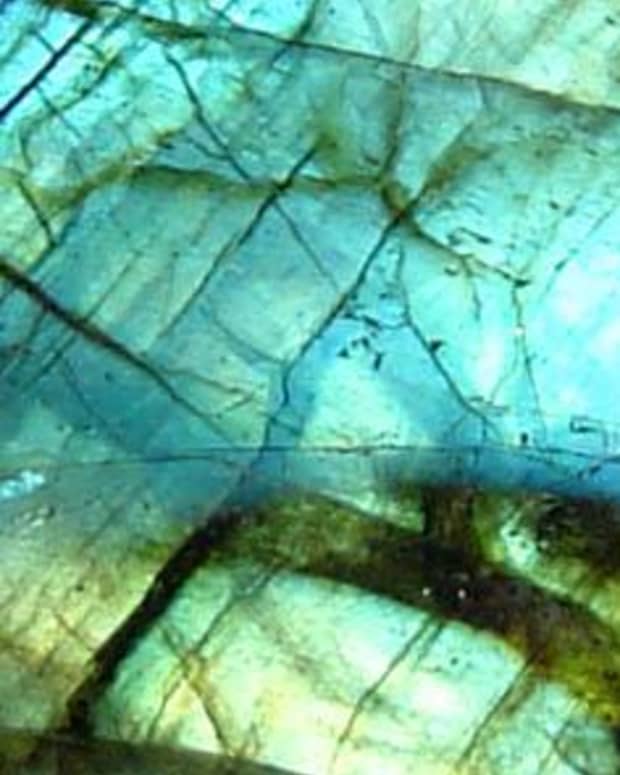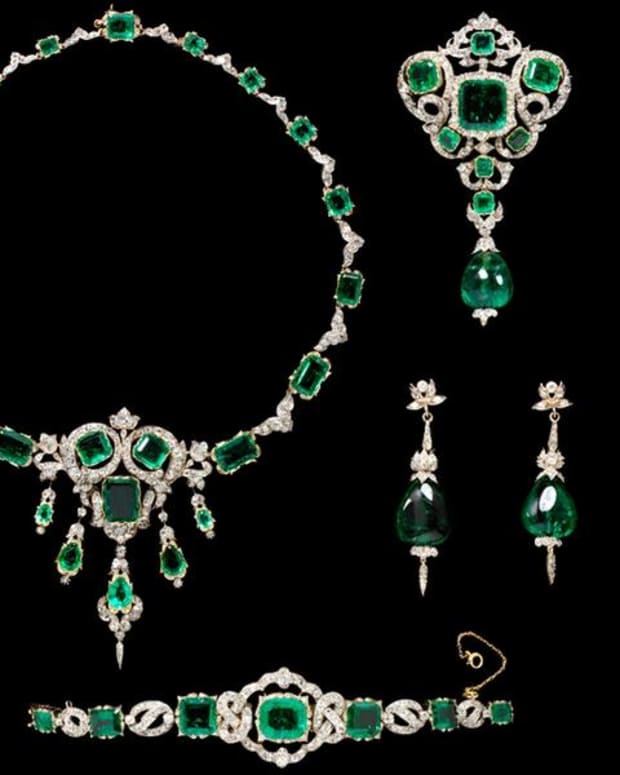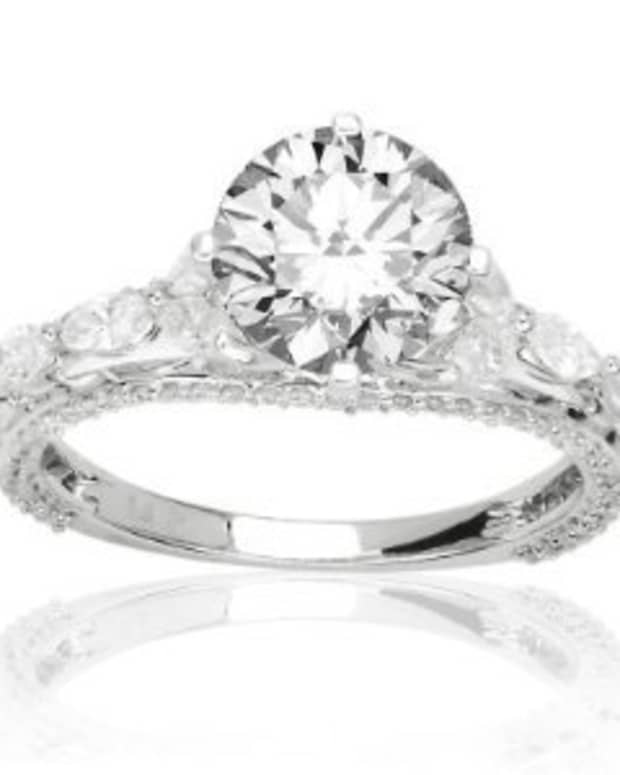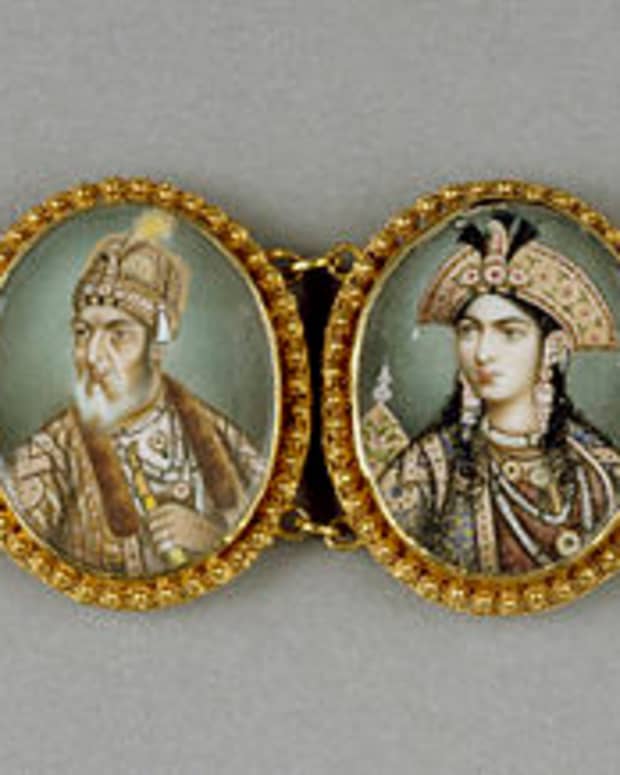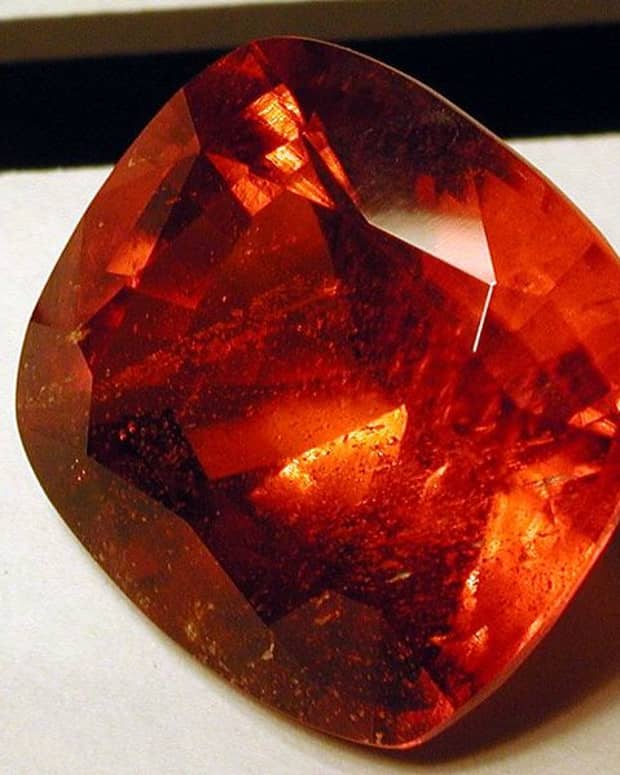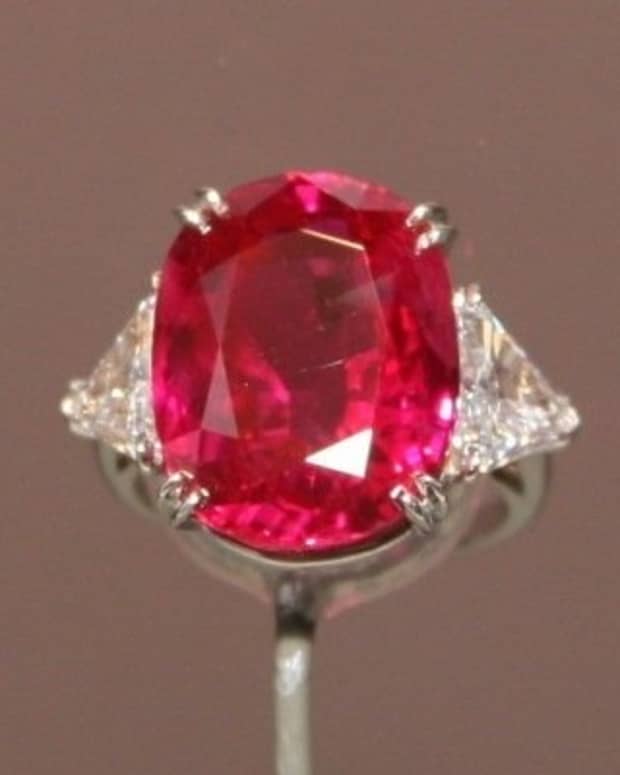Finding the Perfect Engagement Ring Together
Andrea has been an online writer for 8+ years. She mostly writes about dating, couples, weddings, travel, interior design, and gardening.
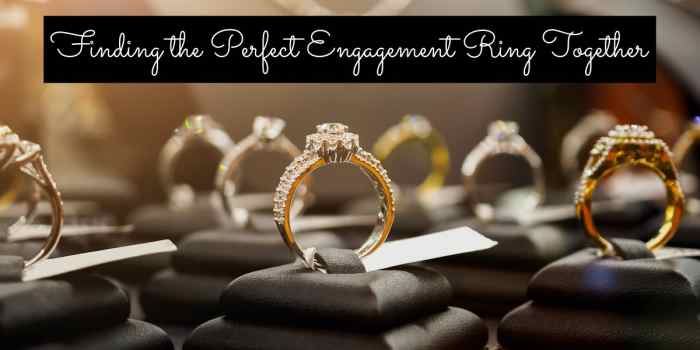
Buying an engagement ring is a major milestone in a relationship. The ring is a promise of a future. The ring is a commitment in and of itself that you'll treasure your partner forever.
Finding the Perfect Engagement Ring
Easily one of my favorite parts of getting engaged and wedding planning was picking out the rings. I highly recommend going to a ring store together with your partner and picking out the rings you like before the proposal.
It can be exciting to pick out a ring for your partner by yourself, but there is the risk that they might not like the ring you picked out for them and they might not tell you! (Because they love you.)
You can make this experience fun. If you have been talking about getting engaged, your future, and have been dating for awhile, you could surprise your partner with a trip to a ring shop to do some browsing. This is the way my boyfriend and I handled this relationship milestone.
First, let's talk about money.
- Save up your money, so you know you can get them the rock of their dreams. Rings are expensive. Most places will let you buy rings in installments.
- How much money should you save? There are a ton of variables to that, but I would save $1,500-3,000. Any money not used can go into a fund for the wedding or a house down the road. It's not going to hurt you to save money, that's my point.
- The average cost of an engagement ring is $5,500. This is fairly high; keep in mind some rich people spend as much on a ring as others do on sending their children to college.
- You can find a ring for $1,000 or less. You'll have less options.
- There are other things you can do in place of rings, like ring tattoos.
- The general rule of thumb for a ring is two months of salary. If you make $1,000 a month, you want to save $2,000 for a ring. (Again, whatever you don't spend, you can save it for other big ticket items down the road.)
- Your ring consultant will ask you what is your budget. The consultant should stick to that range.
- Ring stores do have discounts and sales, so keep an eye out for those. 10% off an engagement ring can be a decent chunk of change. There are generally Christmas and Valentine's Day sales.

It can take a long time to find the right ring for you. There are a lot of options, and sometimes what you like might end up looking strange on you. Take your time exploring different options until you have a solid favorite.
Before You Go Shopping
If you get an early heads up that you're going to do ring shopping, I recommend getting a manicure or trimming your nails.
Your hands will be under lights that will make everything about them pop. I recommend clear fingernail polish and not color as it could make things distracting. You may want to try looking at colorful gems, and your nail polish may make you question what you want.
Also, exfoliate your hands and put lotion on them. You don't want your hands looking dry like an alligator.
Don't wear other rings with you while shopping. You may compare your ring to that one or you may find your old ring kind of ugly under all the professional lights. Also, avoid bracelets and watches.
The ring shop will have tools to measure your ring finger and help you get the correct size. You want a ring that has a little bit of room to it. You shouldn't struggle to get it past your knuckle. You don't want it tight, especially if you're a woman and plan to have children. Weight gain is a likelihood throughout a marriage.
Read More From Bellatory
Turn Ring Shopping/Browsing Into a Date
Looking at rings is a romantic experience. It's fun to think about how someone might propose to you. Ring shopping makes for a perfect date night. Look at rings, maybe buy one, and go out to eat at a nice restaurant. It's time to talk about your future and dream big.
You should celebrate that your relationship is progressing and that you're both happy with each other. If you like champagne, get champagne. If you like steak, get steak.
Also, planning a date as a surprise for ring shopping should come off romantic and charming.
- You should tell your partner you're going out for a nice date at a restaurant and to wear one of their favorite outfits, but nothing too flashy. It's a lot easier when you're trying on rings to see how it looks on you when you wear something that shows off your personality. (This isn't the time for sweatpants, hoodies, and crocs.)
- Before going ring shopping, you might want to try getting your partner to think about rings. Some stores have online quizzes that help people to identify what they want in a ring. You might try getting them to take those quizzes, or ask them questions about their ideal ring. A smart partner should immediately know where this is going.
- When shopping for a ring, don't call anything ugly or gross looking. Try to be respectful of the store. Give gentle nudges in the right direction, because it's not unheard of to try on 60 different bands. You want your partner to be in control of picking their ring. It's a big decision. If all goes well, your partner will wear the ring for the rest of her life!

There is a lot to learn about rings from the style of the band, the material of the band, and the cut of your gem(s).
A Quick Guide on Ring Styles, Metals, and Gems
Ring shopping can take a long time. Expect to take an hour or more looking at different bands and gems. Your ring consultant will try to help you find the right style. If you have any questions, go ahead and ask because they are the expert.
I want to help you navigate through this process with ease. It's definitely an exciting time in your life. Below I have listed some of the more common styles for ring bands and gems.
Popular Ring Band Styles
- Solitaire: one stone in the design. Simple and elegant.
- Cluster: several smaller stones to create the same effect as a larger diamond. Can also be called illusion rings. These are generally cheaper than the solitaire.
- Pavé: gems or tiny diamonds embedded into the band of the ring.
- Cathedral: the metal of the shank and shoulders curve up to support the main gem. The arches resemble the structure of a Cathedral.
- Halo: a row of smaller pave-set diamonds creates a border for the central stone.
- Oval halo: the diamonds look bigger, but things don't look overdone.
- Bezel engagement ring: the gem is set in place with a metal border instead of raised on prongs. There is less risk of the stone getting scratched or falling out.
- Trilogy: band for three stones which represent the past, present, and future. Personally, I think a trilogy ring works better for an anniversary gift decades into a marriage.
- Double diamond style: represents both you and your partner.
- Eternity band engagement ring: formed with an unbroken chain of diamonds.
- Flush setting ring: the diamond is set in the band, so its surface doesn't protrude out.
- Tension setting engagement ring: pressure holds the stone between two halves of the shank. It appears to be suspended. It is only suitable for tough stones like diamonds, sapphires, rubies, etc.
- Baroque engagement ring: jewelry known for being elaborate, artistic, and decorative. Think ornate and opulent.
- Swirl engagement ring: a beautiful, unique design. It creates a fluid effect. The metal seems to swirl around the jewel. Some see the ring as two pieces coming together to make one whole: it represents you and your partner.
- Bombe engagement ring: curved shape with a dome. Uses a large amount of metal.
- Ballerina engagement rings: inspired by the shape of dancers' tutus.
- Etched engagement ring: designs like swirls, ropes, leaves, flowers, and the like. These look romantic, charming, spring like, and creative.
- Serpentine rings: think snake like with tiny diamonds all over it.
- Geometric engagement ring: think square or triangular. These make a bold statement.
- Minimalist engagement ring: just a simple gold or silver band. Common for rings for men.
Ring Materials
- Platinum was popular until the 20th century. It was taken off the market for military use in wars. Platinum has resurfaced as a top choice in the past few years. Fun fact: most British Crown jewels are made of platinum.
- Gold has always been desired for engagement jewelry. Most people will likely pick from gold yellow, white gold, or rose gold for their band. It's best to try on different bands to see what works with your skin tone.
- Sterling silver is one of the more affordable metals. Sterling silver is a mix of silver and copper or other metal to make it durable. It can get scratched and marked easily.
- Cobalt is a natural white alloy. It was created for medical and space items. It is about four times harder than platinum. It is exceptionally durable.
- Stainless steel, it's not just for your kitchen but also your finger. It is strong, durable, and affordable. It also looks modern.
- Titanium is lightweight. For people not used to wearing jewelry it can be refreshing compared to silver or gold.
- Tungsten is four times harder than titanium. Tungsten has a hard-looking shine. It is hypoallergenic. Little maintenance is required for the band. It cannot be resized.
- Wood is also a popular option, especially for men looking for something more earthy or rustic. Wood bands typically don't cost as much as metal.
Gem Shapes
Gems come in a variety of shapes. You don't necessarily have to get a diamond for your main gem. A colorful sapphire or ruby can look exquisite in a ring. Color makes a ring pop.
- Asscher / Square Emerald cut: it's a hybrid of a princess and an emerald cut. It has cropped corners along its four sides. It has levels, essentially.
- Baguette: long and rectangular, and reminiscent of the famous French bread. It was popular during the Art Deco and Art Nouveau movements.
- Briolette: a pear or a drop shaped stone. It is the most difficult shape to cut. The shape is popular for chandeliers.
- Buff-top: combines elements of the classic cuts and cabochon. The top is domed like a cabochon; the bottom has facets. It is popular in men's jewelry.
- Cabochon: a polished gemstone without any facets. It has a flat bottom and a rounded top. It is generally oval shaped. The style was popular in ancient Greece and Rome. It surged in popularity in the 13th and 14th centuries.
- Cushion: a basic square shape with rounded corners. It may also be referred to as the pillow cut.
- Emerald: shaped like a rectangle from the top with trimmed corners. It has fewer facets than round or square cuts. The gem's emphasis is on the clarity and color.
- Heart: it's exactly what you'd expect, a heart shaped gem. Symmetry plays a big role in this stone. It is popular for earrings, pendants, and gemstones. It is rarely used for engagement rings.
- Marquise: also called Navette Cut. It was cut to reflect the most light. It is football shaped. It was commissioned by King Louis XIV of France to present to Marquise de Pompadour. He wanted it to resemble her smile. It is flattering and makes the finger look longer and slimmer.
- Octagon: the stone is crafted with rows of wide, flat, concentric facets that resemble steps.
- Oval: an elliptical shape viewed from the top. It was invented by Lazare Kaplan in the late 1950s. It is a hybrid of the marquise and round. One famous oval cut engagement ring is the 12 carat sapphire ring Kate Middleton received from Prince William, which belonged to his mother Princess Diana.
- Pear: it is also considered a teardrop. It is a hybrid between the oval and marquise. Most women wear the gem pointing toward their fingernail.
- Princess: square in shape. It is the second most popular cut behind the Round Brilliant. It was created in 1979. The square cut retains 80% of the rough gemstone.
- Radiant: a combination of the princes and cushion cut. It has straight lines instead of curves.
- Round: also called "Round Brilliant", "American Ideal" or "American Standard". It is the best at capturing a stone's brilliance and sparkle. It was originally developed exclusively for diamonds, but it is now widely used for other gems.
- Trillion / Trilliant: triangular in shape. It will show more dust and dirt because of its shape. It minimizes waste of the rough gemstone during the cutting process. This shape is for someone who is edgy and unique.

Jewelers cut gems in a variety of ways. I recommend when picking out a ring to look at different gem shapes and see how they look on your finger. The most favored gems are the Round Brilliance and the Princess cuts.
© 2021 Andrea Lawrence


